
Knee pain is a common complaint that affects people of all ages and can greatly impact daily life. Whether due to an injury, arthritis, or other underlying conditions, finding relief from knee pain is a top priority for many individuals. One approach to managing knee pain is through the use of painkillers, but with so many options available, it can be overwhelming to determine which one is best suited for your needs. In this article, we will explore the various painkillers available for knee pain relief, their effectiveness, and other treatment options to help you make an informed decision.
Understanding Knee Pain: Causes and Symptoms
Knee pain can stem from a variety of causes, ranging from minor injuries to chronic conditions. Understanding the underlying causes is crucial in determining the best painkiller for your specific situation.
Common causes of knee pain include:
1. Tendonitis: Inflammation of the tendons surrounding the knee
Tendonitis is a common cause of knee pain that occurs when the tendons surrounding the knee joint become inflamed. This inflammation can be caused by repetitive movements or overuse of the painful joint. Tendonitis often presents as a dull ache or sharp pain, and it can make activities such as walking or climbing stairs difficult.
2. Ligament sprains or tears: Bone fractures to the ligaments that connect the knee
Ligament sprains or tears can occur when the ligaments that connect the knee bones are stretched or torn. This can happen during sports activities or sudden movements that put excessive stress on the knee joint. Symptoms of ligament sprains or tears include pain, swelling, and instability in the knee.
3. Meniscus tears: Injury to the cartilage in the knee joint
A meniscus tear is a common knee injury that occurs when there is a damaged cartilage in the knee joint. This can happen during activities that involve twisting or rotating the knee, such as pivoting during sports. Meniscus tears can cause pain, swelling, and a popping sensation in the knee.
4. Osteoarthritis: Degenerative joint disease
Osteoarthritis is a degenerative joint disease that can affect the knee joint. It occurs when the protective cartilage that cushions the bones in the knee wears down over time. Osteoarthritis can cause pain, stiffness, and reduced range of motion in the knee.
5. Rheumatoid arthritis: Autoimmune disorder causing chronic joint inflammation
Rheumatoid arthritis is an autoimmune disorder that causes chronic inflammation in the joints, including the knee joint. It occurs when the immune system mistakenly attacks the lining of the joints, leading to pain, swelling, and stiffness in the knee.
6. Bursitis: Inflammation of the fluid-filled sacs around the knee joint
Bursitis is a condition that occurs when the fluid-filled sacs, called bursae, around the knee joint become inflamed and lead to thick fluid buildup. This inflammation can be caused by repetitive movements or prolonged kneeling. Bursitis can cause pain, swelling, and tenderness around the knee joint.
These causes can lead to a range of symptoms, including:
1. Pain, ranging from mild to moderate pain to severe
Knee pain can vary in intensity, from a mild ache to severe discomfort that affects daily activities. The level of pain experienced depends on the underlying cause and the severity of the condition. It is important to consult a healthcare professional to determine the appropriate treatment for your specific pain level.
2. Swelling and inflammation
Inflammation is a common symptom of knee pain and is often accompanied by swelling. This swelling can make the knee joint appear larger than usual and may cause discomfort or difficulty in moving the knee. Applying ice pack and elevating the leg can help reduce swelling and alleviate pain.
3. Stiffness and reduced range of motion
Knee pain can lead to stiffness and a reduced range of motion in the joint. This can make it difficult to fully extend or bend the knee, affecting activities such as walking, running, or even sitting for extended periods. Physical therapy exercises and stretching can help reduce knee pain, improve flexibility and restore the range of motion in the knee joint.
4. Instability or weakness
Some individuals with knee pain may experience a feeling of instability or weakness in the joint. This can make it difficult to bear weight on the affected knee or leg and may lead to an increased risk of falls or further injury. Strengthening exercises and the use of assistive devices, such as braces or crutches, can help improve stability and prevent further damage.
Different Types of Painkillers: An Overview
Painkillers, also known as analgesics, are medications used to relieve pain. They can be broadly classified into two categories: non-prescription and prescription painkillers. Let’s explore each category in more detail:
Non-Prescription Painkillers
Non-prescription painkillers, also known as over-the-counter (OTC) painkillers, are readily available without a prescription and are commonly used for mild to moderate knee pain. These painkillers provide a convenient and accessible option for individuals seeking relief. When it comes to knee pain, there are several non-prescription painkillers that are commonly used:
- Nonsteroidal Anti-Inflammatory Drugs (NSAIDs): NSAIDs, such as ibuprofen and naproxen sodium, work by reducing inflammation and relieving pain. They can be effective for managing mild to moderate knee pain caused by inflammation. These medications are widely used and have been proven to be effective to provide pain relief.
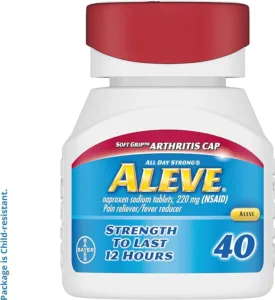 Aleve Soft Grip Arthritis Gelcaps
Aleve Soft Grip Arthritis Gelcaps
- Acetaminophen: Acetaminophen, such as Tylenol, is an analgesic that can relieve pain but does not have anti-inflammatory properties. It can be an option for individuals who cannot take NSAIDs due to medical conditions or contraindications. Acetaminophen is a commonly used painkiller and is generally considered safe when taken as directed.
- Topical Pain Relievers: These are creams, gels, or patches that can be applied directly to the skin over the painful area. They work by numbing the area and providing localized pain relief. Topical pain relievers are a popular choice for individuals who prefer a non-oral method of pain relief. They can be especially useful for targeting specific areas of knee pain.
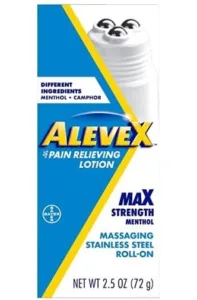 AleveX Pain Relief Roll-On Lotion
AleveX Pain Relief Roll-On Lotion
Prescription Painkillers
Prescription painkillers are stronger medication that require a prescription from a healthcare professional. They are typically reserved for severe knee pain or when non-prescription options are not providing sufficient relief. These medications are prescribed under close supervision to ensure safe and effective use.
Some commonly prescribed painkillers for acute knee pain may include:
- Opioids: Opioids, such as oxycodone and hydrocodone, are powerful pain relievers that work by binding to opioid receptors in the brain and reducing the perception of pain. They should only be used under close supervision of a healthcare professional due to their potential for addiction and other side effects. Opioids are reserved for severe knee pain that is not adequately managed by other painkillers.
- Corticosteroids: Corticosteroid injections into the knee joint can provide short-term pain relief and reduce inflammation. They are typically used for acute exacerbations of knee pain, such as in cases of arthritis flare-ups. These injections are administered by healthcare professionals and can provide targeted relief for localized knee pain.
- Hyaluronic Acid Injections: These injections, also known as viscosupplements, can help lubricate the knee joint and provide temporary relief for knee pain associated with osteoarthritis. They are often used when other painkillers have not provided sufficient relief. Hyaluronic acid injections are administered by healthcare professionals and can help improve joint function and reduce pain.
Analyzing the Effectiveness of Over-the-Counter Drugs for Knee Pain
When considering the effectiveness of over-the-counter (OTC) painkillers for knee pain, it is important to understand how each type works and what their limitations are. Let’s delve deeper into some commonly used OTC painkillers:
NSAIDs: Nonsteroidal Anti-Inflammatory Drugs
NSAIDs are widely used for knee pain relief due to their anti-inflammatory properties. Anti-inflammatory medication options inhibit the production of certain chemicals in the body that contribute to inflammation and thereby reduce swelling. This makes them effective in managing mild to moderate knee pain caused by conditions such as osteoarthritis or tendonitis.
However, it’s important to note that certain medications can cause gastrointestinal problems, such as stomach ulcers and stomach bleeding, especially with long-term use. Therefore, it is advisable to use them at the lowest effective dose for the shortest duration necessary. It is also crucial to consult with a healthcare professional before starting any long-term NSAID therapy, especially for individuals with a history of gastrointestinal conditions.
Furthermore, not all NSAIDs are created equal. Different NSAIDs have varying potencies and side effect profiles. Some prescription NSAIDs may be more suitable for individuals with specific medical conditions or sensitivities. Therefore, it is essential to discuss the choice of NSAID with a healthcare professional to ensure the most appropriate option is selected.
Acetaminophen
Acetaminophen is an effective pain reliever but does not have anti-inflammatory properties like NSAIDs. It works by blocking certain pain signals in the brain, providing relief from mild to moderate knee pain. It can be a suitable option for individuals to relieve knee pain who are unable to tolerate NSAIDs or have conditions that contraindicate their use, such as a history of gastrointestinal bleeding or kidney problems.
However, it is essential to follow the recommended dosage and avoid exceeding the maximum daily dose to prevent liver damage. Acetaminophen overdose can cause severe liver toxicity, especially when combined with alcohol or used in individuals with pre-existing liver conditions. Therefore, it is crucial to carefully read and adhere to the instructions and warnings on the packaging.
Additionally, acetaminophen may not provide sufficient pain relief for certain individuals with moderate to severe knee pain. In such cases, it may be necessary to consider alternative pain management strategies or consult with a healthcare professional for further evaluation and guidance.
Topical Pain Relievers
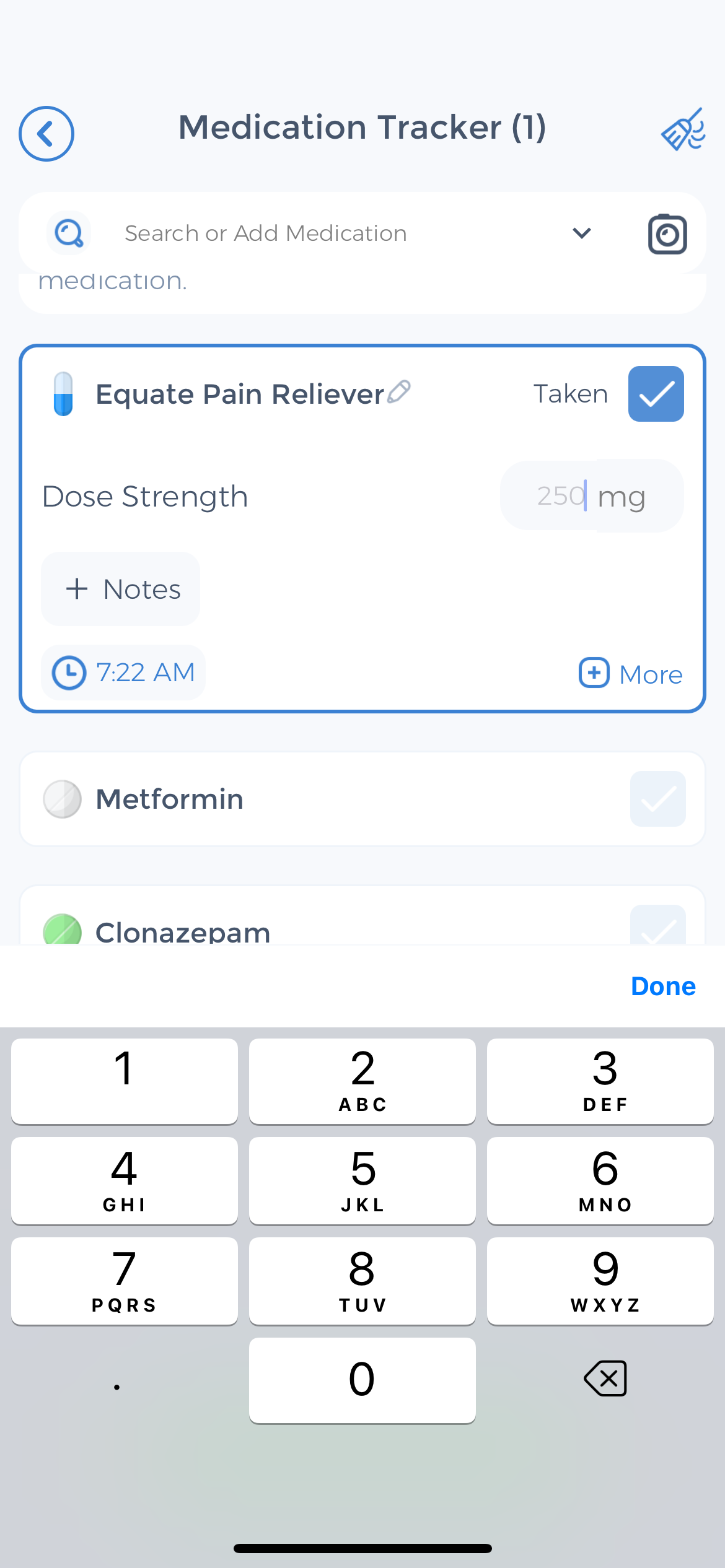 Topical pain relievers can help relieve knee pain without the systemic effects associated with oral medications and other drugs. They come in various forms, such as creams, gels, or patches, and contain ingredients like menthol, capsaicin, or salicylates.
Topical pain relievers can help relieve knee pain without the systemic effects associated with oral medications and other drugs. They come in various forms, such as creams, gels, or patches, and contain ingredients like menthol, capsaicin, or salicylates.
These topical agents work by numbing the area, reducing pain signals, or increasing blood flow to the affected area, promoting healing and pain relief. They can be particularly beneficial for individuals who experience discomfort due to specific knee movements or activities, such as walking or climbing stairs.
However, their effectiveness may vary depending on the individual and the underlying cause of the knee pain. Some individuals may find significant relief with topical pain relievers, while others may experience minimal or no improvement. It is essential to follow the instructions provided with the product and give it sufficient time to work before determining its effectiveness.
Furthermore, it is important to note that topical pain relievers are not a cure for the underlying condition causing knee pain. They provide temporary relief and should be used in conjunction with other appropriate treatments, such as physical therapy, exercise, or lifestyle modifications, as recommended by a healthcare professional.
Overall, OTC painkillers can be effective in managing knee pain, but it is crucial to select the most appropriate option based on individual needs, medical history, and the severity of the pain. It is always advisable to consult with a healthcare professional for personalized advice and guidance regarding pain management strategies.
Prescription Painkillers for Severe Knee Pain
When OTC painkillers are not providing enough relief, other medications such as prescription options may be considered for severe knee pain. These options should only be used under the guidance of a healthcare professional due to their potential side effects and the need for careful monitoring. It is important to explore various prescription painkillers to find the most effective solution for managing knee pain.
Prescription painkillers offer a range of options for individuals suffering from severe knee pain. These medications target the underlying causes of the severe pain, and help alleviate discomfort, allowing individuals to regain and increase mobility and improve their quality of life. However, it is crucial to understand the different types of prescription painkillers available and their potential benefits and risks.
Opioids
Opioids are reserved for severe, debilitating chronic knee pain, that significantly impacts daily functioning and quality of life. They should only be used as a short-term solution and closely monitored by a healthcare professional to minimize the risk of addiction, tolerance, and other side effects associated with long-term opioid use.
Opioids work by binding to opioid receptors in the brain and spinal cord, reducing the perception of pain. They provide powerful pain relief but also carry the risk of dependence and addiction. Healthcare professionals carefully consider the potential benefits and risks before prescribing opioids for severe knee pain.
It is important to note that opioids should not be the first line of treatment for knee pain. They are typically reserved for cases where other treatments have failed to provide adequate relief. Healthcare professionals closely monitor patients prescribed opioids to ensure they are used responsibly and to minimize the potential for misuse or addiction.
Corticosteroids
Corticosteroids can provide temporary relief for knee pain by reducing inflammation. Injections of corticosteroids into the knee joint are commonly used for acute exacerbations of pain, such as arthritis flare-ups. However, the benefits of corticosteroids may diminish over time, and repeated injections can have detrimental effects on joint health. As such, healthcare professionals carefully weigh the risks and benefits when considering corticosteroid injected directly.
Corticosteroids work by suppressing the immune response and reducing inflammation in the affected area. By reducing inflammation, corticosteroids can alleviate pain and improve mobility. However, their use is typically limited to short-term relief, as prolonged use can lead to side effects such as joint damage and weakened connective tissues.
Healthcare professionals consider several factors when deciding whether to administer corticosteroid injections. These factors include the severity of the knee pain, the underlying cause of the pain, and the patient’s overall health. They also take into account the potential risks and benefits of corticosteroid injections and discuss them with the patient to make an informed decision.
Hyaluronic Acid Injection
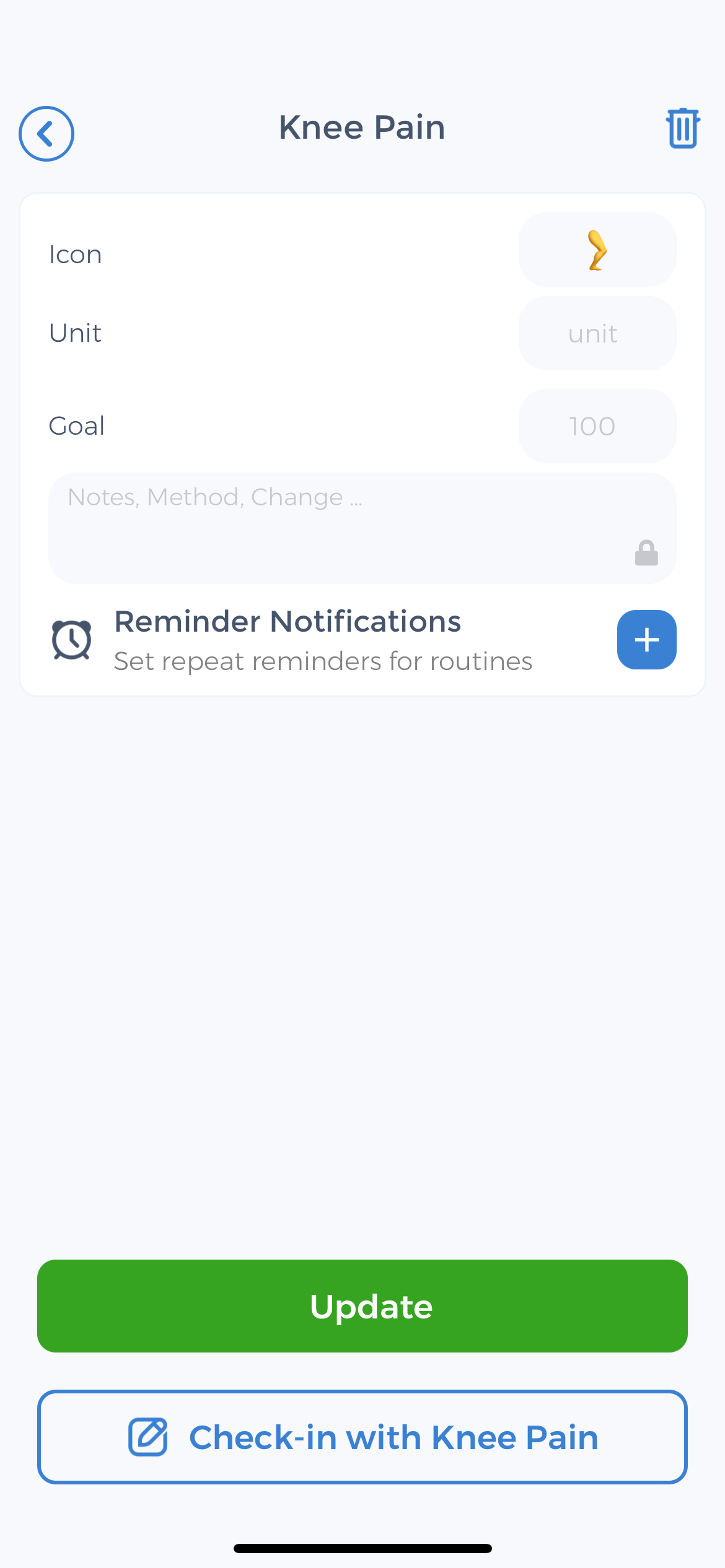 Hyaluronic acid injections, or viscosupplementation, involve injecting a gel-like substance into the knee joint to provide cushioning and lubrication. These injections are commonly used for individuals with osteoarthritis who have not found relief with other treatment options. However, their effectiveness varies from person to person, and multiple injections may be required to achieve optimal results.
Hyaluronic acid injections, or viscosupplementation, involve injecting a gel-like substance into the knee joint to provide cushioning and lubrication. These injections are commonly used for individuals with osteoarthritis who have not found relief with other treatment options. However, their effectiveness varies from person to person, and multiple injections may be required to achieve optimal results.
Hyaluronic acid is a natural component of joint fluid, and its injection aims to restore the lubricating and shock-absorbing properties of the knee joint. By increasing the viscosity of the joint fluid, hyaluronic acid injections can reduce arthritis pain and improve joint function.
While hyaluronic acid injections can be beneficial for some individuals, their effectiveness may vary. Factors such as the severity of the knee pain, the stage of knee osteoarthritis, and individual response to treatment can influence the outcome. Healthcare professionals carefully assess each patient’s condition and discuss the potential benefits and risks of hyaluronic acid injections to determine if it is an appropriate treatment option.
It is important to note that hyaluronic acid injections are not a cure for knee pain or osteoarthritis. They provide temporary relief and may need to be repeated periodically to maintain the desired effect. Healthcare professionals work closely with patients to develop a comprehensive treatment plan that includes other interventions, such as physical therapy and lifestyle modifications, to manage knee pain effectively.
Natural Remedies and Supplements for Knee Pain Relief
In addition to medication, some individuals seek alternative remedies or supplements for knee pain relief. While scientific evidence supporting their effectiveness is limited, some natural remedies and supplements may provide mild relief for certain individuals. It is essential to consult with a healthcare professional before starting any new supplement or alternative treatment. Some natural remedies that are commonly used for knee pain include:
Glucosamine and Chondroitin
Glucosamine and chondroitin are two widely used supplements for joint health. They are believed to support cartilage health and reduce inflammation. While there is conflicting evidence regarding their effectiveness, some individuals report positive results with long-term use. It is important to note that these supplements may take several weeks or months to show any potential benefits, and they are not recommended for individuals with shellfish and oily fish allergies.
Turmeric and Other Herbal Supplements
Turmeric, a spice commonly used in curry and traditional medicine, contains a compound called curcumin, which is believed to have anti-inflammatory properties. Some individuals find relief from knee pain by incorporating turmeric into their diet or using curcumin capsules. Other herbal supplements, such as ginger and Boswellia, are also thought to have potential anti-inflammatory medications effects, although scientific evidence supporting their efficacy is limited.
The Role of Physical Therapy in Managing Knee Pain
In addition to medication and natural remedies, physical therapy plays a crucial role in managing knee pain. A physical therapist can design personalized exercise programs tailored to an individual’s specific needs and goals and lead to significant improvement. Some common components of a physical therapy program for knee pain include:
Strengthening Exercises
Strengthening exercises target the muscles surrounding the knee joint to improve stability and arch supports. These exercises often focus on the quadriceps, hamstrings, and calf muscles. Strengthening the surrounding muscles can help reduce stress on the knee joint and alleviate pain.
Flexibility and Balance Exercises
Flexibility and balance exercises aim to improve joint flexibility and proprioception, which is the body’s awareness of its position in space. These exercises help enhance range of motion, reduce stiffness, and improve overall function.
When to Consult a Doctor for Knee Pain
While self-care measures and over-the-counter painkillers can provide relief for mild to moderate knee pain, it is essential to seek medical attention, whether it be sports medicine or an orthopedic surgeon, if certain signs and symptoms are present. These signs may indicate a more serious underlying condition or the need for more specialized treatment, such as surgery from orthopedic surgeons. Some signs that warrant medical attention include:
Signs Your Knee Pain Needs Medical Attention
- Severe or worsening pain
- Inability to bear weight or walk
- Knee swelling, redness, or warmth
- Fever accompanying knee pain
- Significant loss of function or range of motion
Preparing for Your Doctor’s Appointment
Before your doctor’s appointment, it can be helpful to prepare by gathering relevant information and asking specific questions. Some steps you can take to make the most of your appointment include:
- Write down a detailed description of your symptoms, including when they started, their intensity, and any growth factors that worsen or alleviate the pain.
- Make a list of all medications, including over-the-counter painkillers and supplements, that you are currently taking.
- Prepare a list of questions or concerns you would like to discuss with your doctor.
- Wear loose-fitting clothing that allows easy access to your knee for examination.
Using the CareClinic App to Manage and Relieve Knee Pain
Having a pain diary is crucial for your health, and the CareClinic app can help with that. You can use the app as your health and clinical journal. Just go to the pain diary section of the app and enter your daily symptoms, medications, and other triggers, as they occur. There are also specific sections on the app to track each of these. This can help you be aware of early warning signs. Whether you suffer from chronic low back pain, acute injuries or traumatic injuries, common knee injuries, autoimmune disease, acute inflammation, meniscus tear, or reactive arthritis, the app is here to help you improve your chronic and acute pain-related health.
The app also has a medication section where you can precisely track the pain therapies you are undergoing, whether it be superficial heat, spinal manipulation, relaxation therapy, or transcutaneous electrical nerve stimulation. Hopefully, having all this information handy will help you with treat knee and other chronic pain conditions. Download the CareClinic App today.
Sources
- https://www.ninds.nih.gov/health-information/disorders/pain
- https://painbc.ca/health-professionals/education/OT-workshop

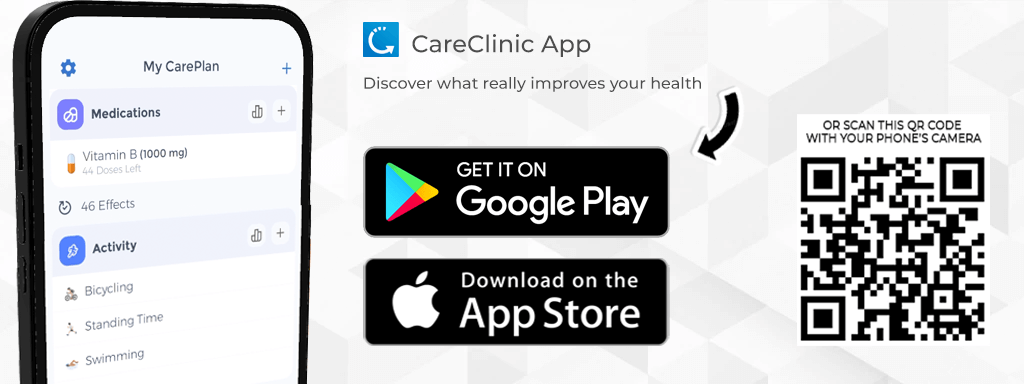

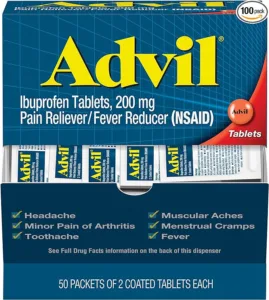 Advil Pain Relief
Advil Pain Relief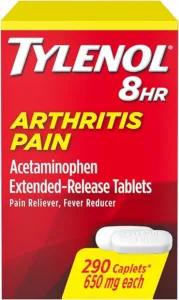 Tylenol Arthritis Pain
Tylenol Arthritis Pain